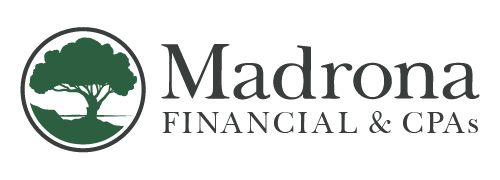
I can’t tell you how many times I’ve been told by someone that they went to the bank and bought an IRA. When I asked them what they invested it in, they looked at me funny, and repeated to me slowly that they invested in an IRA—as if they were buying a loaf of bread and that I’m a little slow not to know what an IRA would be.
Retirement accounts come with many names, differing rules and contribution limits, but in the final analysis, they have a lot in common with one another. They generally are pre-tax contributions allowed to grow tax-deferred, only to be taxed as they are distributed to the owner or their beneficiaries.
As we contribute to retirement plans during our working years we can deduct the contributions at the highest marginal tax brackets of our lives. When we start taking distributions from them in retirement, we are generally in a lower tax bracket.

The names of retirement accounts include IRA, 401(k), SEP, SIMPLE, 403(b), 457, Rollover IRA, profit-sharing plan, etc. Generally, upon retirement or separation from your employer, all of these accounts can be rolled into your IRA.
Most of my clients ultimately consolidate all of their plans into their IRA, essentially bundling their accounts. This gives them a clear plan for their future. While employed they could continue to contribute to their current plan at their place of employment and get any company match while allowing their bundle to continue growing according to the plan they’ve devised with their advisor, using perhaps a Roth IRA.
Retirement accounts are vehicles we use to spread cash flow over our lifetimes. They also serve to spread our tax burden into years with lower tax rates. Managing the many nuances of these plans can have a significant effect on your financial life.

